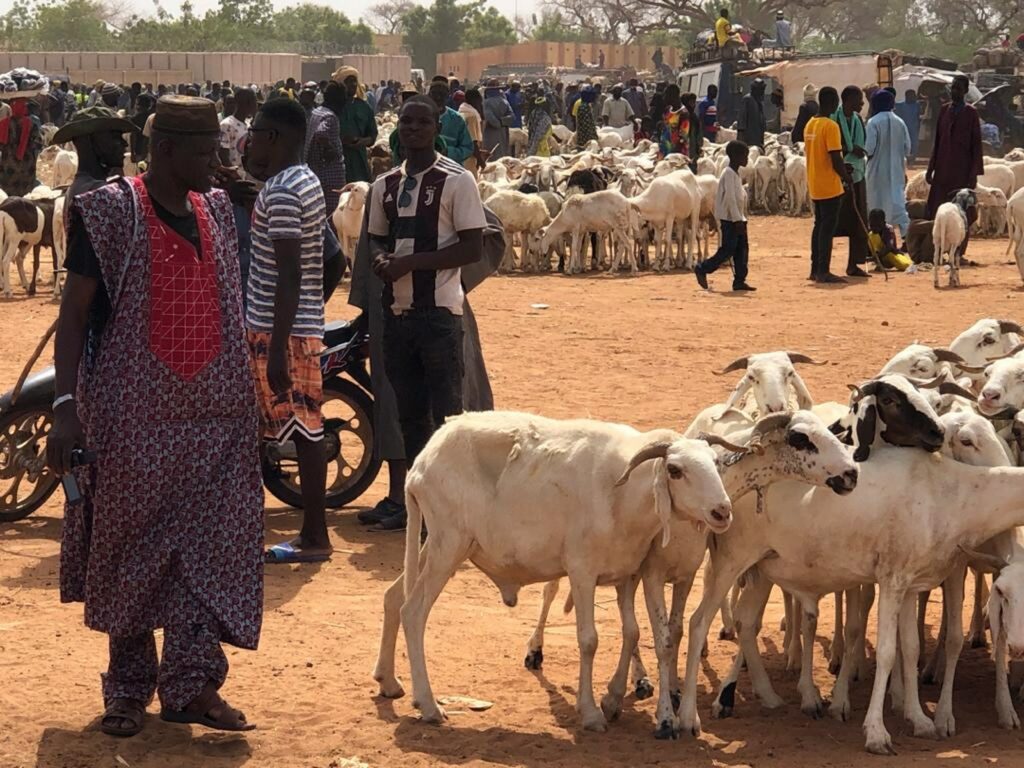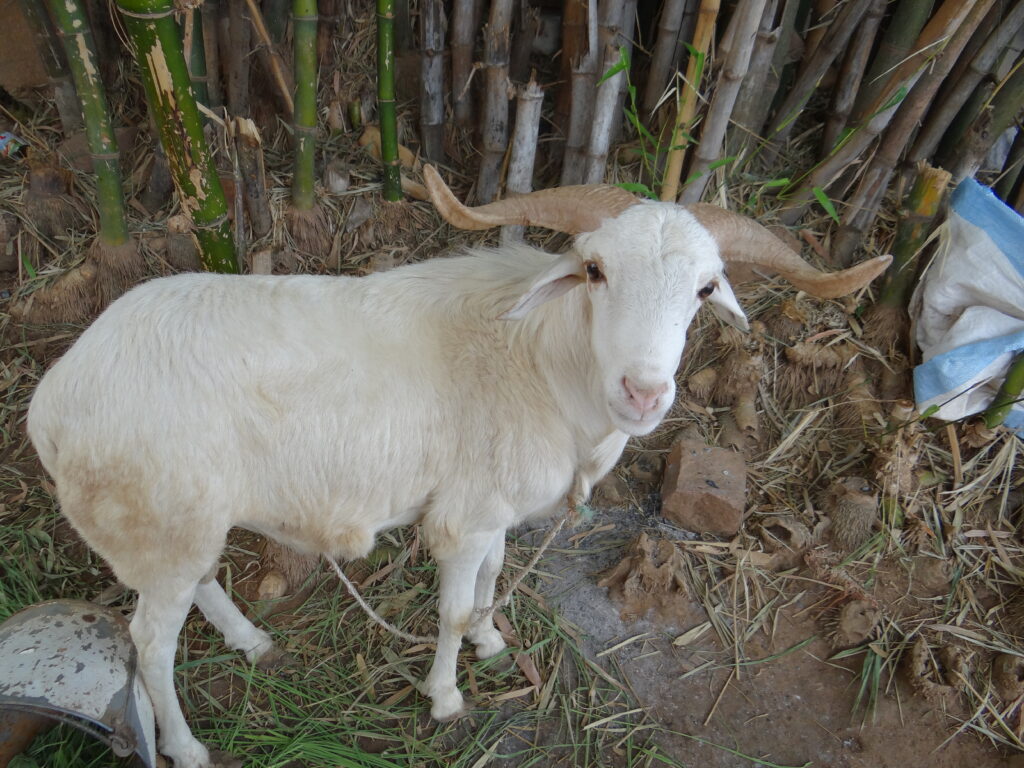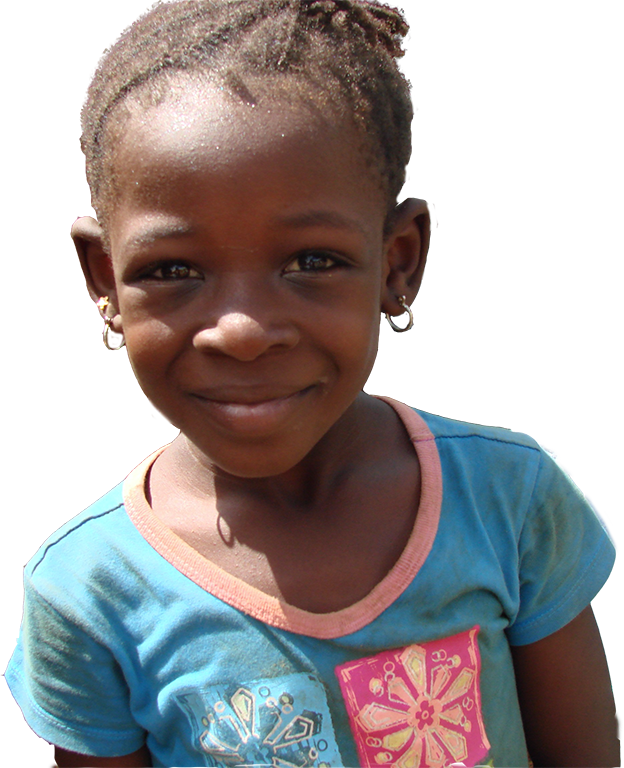
Malian Markets and Preferred Livestock
Sep. 8 | 2021
When livestock is sold it has a tendency to have a one size fits all approach to pricing. But that’s not always the case, especially in Malian markets. There’s considerations such as: What is the climate like? What are prominent religions in the region? What makes this animal better than the rest?
In Mali, markets have some guidelines similar to the United States. The animal breed can have a role such as a local goat compared to a Sahelian goat which has what Malian farmers consider to be improved and marked with longer ears. Context of whether the market is urban, local or an export have a role as well. Local type goats are traditional to see in a local market while the sought after Sahelian goats are sold as an export or in urban markets. Lastly, male livestock costs more than female, especially one that is whole, rather than castrated.
Like many regions around the world there are specific characteristics that can be held in a higher regard and a higher price. Here are some unique traits in Malian markets:
- Breed: Mentioned above, local breeds are sold at a far cheaper price than ones that have been improved through cross breeding. The prices can range between $150-$1,000. Some of these breeds include:
- Bali-Bali. Categorized by their white coat, long legs and twisted horns.
- Chad breed. Identifiable by their curved nose.
- Soudanian. A unique, “fat tail,” sets this breed apart.
- Coat: There’s a type of hierarchy when it comes to the color and pattern of the coat. The most preferred is a pure white coat like the Bali-Bali, next is black and white, then other types of mixed coats.
- Conformation: Viewing the animal based on their physical aspects is also important. Including how the animal is able to stand, how the feet are lined up, the physical strength and shape of the horns.
- Condition: Similar to conformation, this trait is based on the quality of the meat. The muscle or fat the animal carries on its body.
- Location: Mentioned before, rural and urban prices can be different based on many of the characteristics mentioned here.
- Special occasions: During certain holidays the price of livestock can increase dramatically. Read more about the role of Tabaski for people living in Mali, one of the main holidays that had an influence on the livestock market.
- Uniqueness: Special animal traits are most often used for cultural purposes and social sacrifices, therefore this means they can be set at a higher price. For example, multiple horns, a white ram with a black spot on the forehead, special eye colors, etc.
It is also important to note that there is typically not a set price for the livestock that is offered. Instead of guiding the price by the weight or other factors, it is mostly negotiated or bargained between the buyer. Without great skills in negotiation or lack of knowledge, it could really influence the price, especially sheep.
What are unique traits of the markets you frequent or have frequented?




